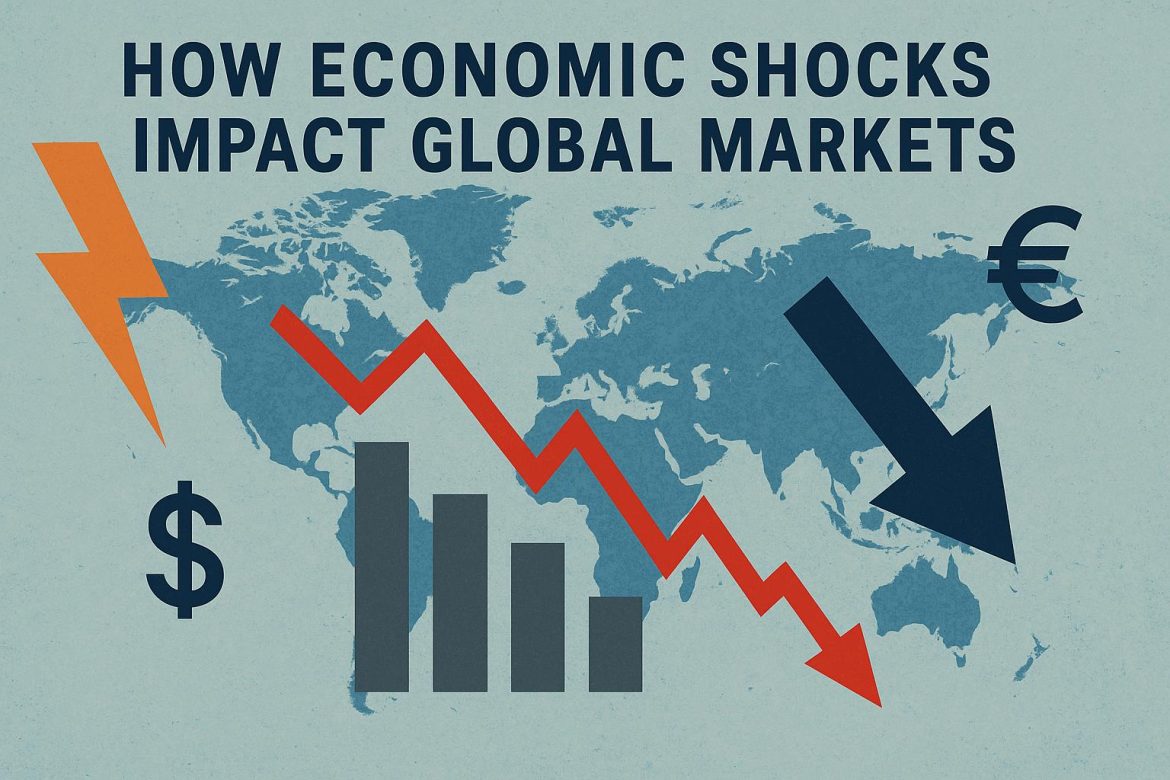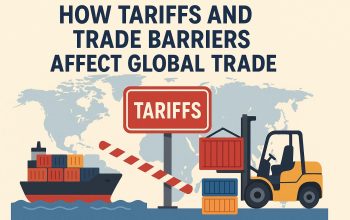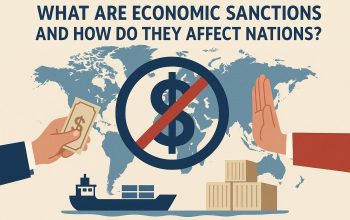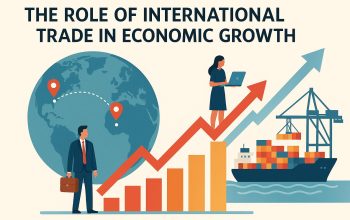Understanding Economic Shocks
Economic shocks are sudden, unexpected events that can have significant and far-reaching impacts on global markets. These shocks can arise from a variety of sources, including natural disasters, geopolitical events, or sudden financial crises. Understanding how these shocks affect global markets is crucial for investors, policymakers, and businesses.
Types of Economic Shocks
Economic shocks can be broadly classified into several categories. Demand shocks occur when there is a sudden change in the demand for goods and services. Supply shocks happen when the production side of the economy is affected, often due to disruptions in supply chains or increases in production costs. Additionally, financial shocks can occur when there is a significant event within the financial sector itself, such as a stock market crash or a banking crisis.
Demand Shocks
Demand shocks originate from various areas, including changes in consumer confidence, adjustments to fiscal policies, and fluctuations in inflation. For instance, an upswing in consumer confidence might prompt increased consumer spending, temporarily nourishing the economy. Conversely, if a significant economy faces a downturn, the resultant decrease in global demand for imports can have adverse effects on markets driven by exports.
The effects of demand shocks can reverberate through the economy. For example, increased spending due to a positive demand shock can enhance production rates and employment figures. Conversely, a demand shock induced by a drop in consumer confidence might cause reductions in spending and consequently curtail business revenues, possibly leading to a slowdown in investment and expansion activities.
Supply Shocks
Supply shocks generally result from occurrences such as natural disasters, geopolitical conflicts, or changes in regulations that affect production levels. Natural events like hurricanes or earthquakes can directly disrupt manufacturing processes, leading to global deficits of specific products. Additionally, geopolitical issues, such as trade disputes or economic sanctions, can obstruct the movement of goods across borders, disrupting global supply chains.
The ramifications of supply shocks often involve hikes in production costs and subsequent price increases, contributing to inflationary pressures. For example, if a key manufacturing hub is incapacitated by a natural disaster, the subsequent product shortages and supply chain disruptions can propel price hikes globally, affecting consumer prices and company profit margins.
Financial Shocks
Financial shocks are initiated by events within the financial sector, including stock market collapses, fluctuations in currency values, or an abrupt loss of trust in financial institutions. A historic example is the 2008 global financial crisis, ignited by the collapse of Lehman Brothers, which led to extensive financial instability across the globe.
Such shocks frequently lead to credit crunches, where access to credit is significantly tightened, and borrowing becomes more costly for both businesses and consumers. Additionally, in the wake of a financial shock, investors often gravitate towards more stable assets, inducing a notable shift in investment landscapes and potentially resulting in decreased capital availability for enterprises seeking financing for expansion or operational needs.
Impacts on Global Markets
The impact of economic shocks on global markets is multifaceted, affecting both the real economy and financial markets.
Effects on the Real Economy
Economic shocks have the potential to alter key macroeconomic elements such as GDP, employment, and inflation. For example, a demand shock resulting in reduced consumer expenditures can lead to diminished production volumes and escalated unemployment rates. Alternatively, supply shocks may bring about costlier production processes and contribute to inflationary trends if the availability of goods becomes severely restricted.
Further, these shocks often result in sector-specific impacts, with industries reliant on export markets or critical supply chains feeling the pressure more acutely. In export-reliant economies, a significant global demand shock can quickly translate into production cutbacks, layoffs, and a slowdown in economic development.
Impact on Financial Markets
Financial markets are particularly sensitive to economic shocks. A sudden shock can lead to market volatility, with sharp fluctuations in stock prices, exchange rates, and bond yields. For example, during a financial shock, investors may pull out of risky assets, opting for safer investments, leading to a drop in equity markets. Furthermore, currencies may experience significant depreciation or appreciation, impacting international trade and investment flows.
The interconnectivity of global financial markets means that shocks in one major economy can promptly transmit volatility and risk to other markets worldwide. It can, thus, cause global capital flows to reorient, affecting financial stability and economic growth prospects across various regions.
Policy Responses to Economic Shocks
Governments and central banks play a critical role in mitigating the effects of economic shocks. Policy responses may include monetary policy measures, such as changing interest rates or implementing quantitative easing, as well as fiscal policies like increasing government spending or reducing taxes to stimulate demand.
Monetary Policy
In response to economic shocks, central banks may lower interest rates to encourage borrowing and investment. Lowering interest rates makes financing cheaper, encouraging both businesses and consumers to spend and invest more. Central banks might also implement quantitative easing, purchasing financial assets to enhance liquidity in the financial system and bolster economic growth. This approach has been used extensively during financial shocks as it provides banks with additional capital and helps alleviate credit constraints in the economy.
Fiscal Policy
Governments might also turn to fiscal interventions when dealing with economic shocks. This can entail enhancing public expenditure to invigorate demand or offering tax incentives to households and businesses to elevate disposable incomes and foster greater spending. Additionally, targeted fiscal measures can be deployed to support particularly vulnerable sectors, preserving employment and sustaining productivity.
Such fiscal measures can impart a timely stimulus to the economy, aiding in swiftly countering the negative impacts of economic shocks while sustaining broader economic parts during recovery periods.
Conclusion
Economic shocks are an inevitable part of the global economic landscape. Their impacts are complex and widespread, influencing both the real and financial sectors. Understanding the nature of these shocks and the appropriate policy responses is essential for stakeholders aiming to mitigate their adverse effects. Awareness and proactive measures by investors, businesses, and policymakers can mitigate the adverse impacts of economic shocks, fostering more resilient economic frameworks and ensuring sustained economic wellbeing.
This article was last updated on: October 25, 2025




